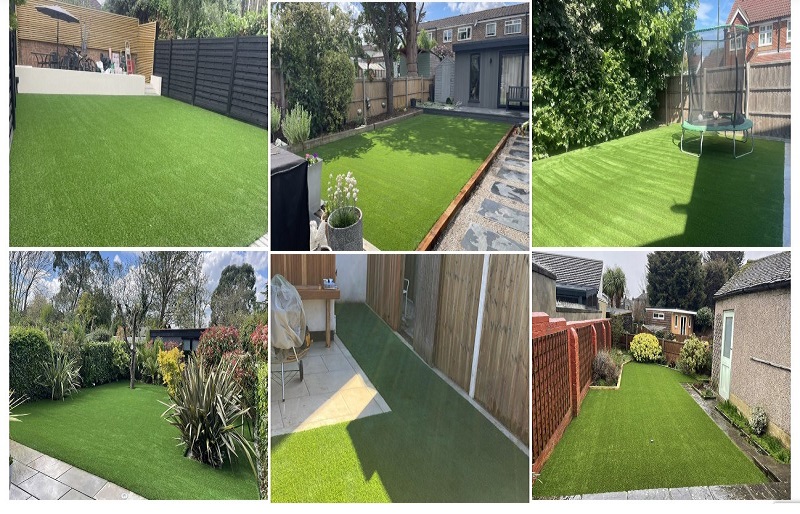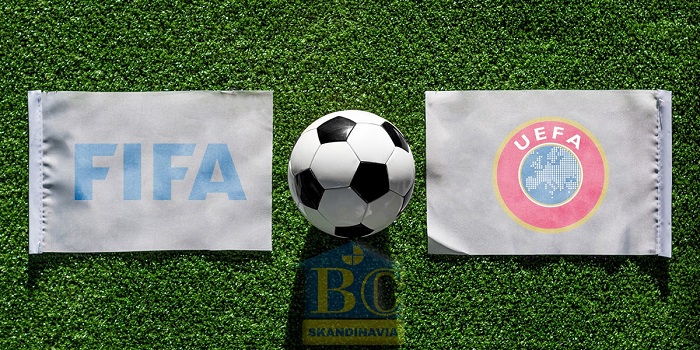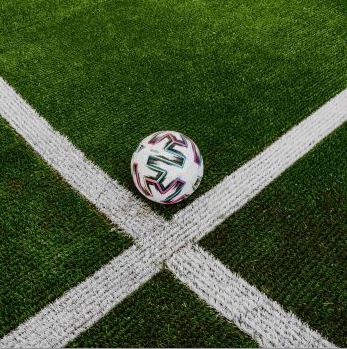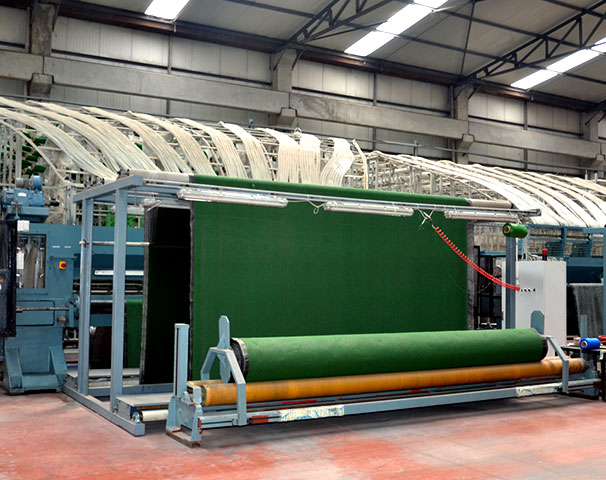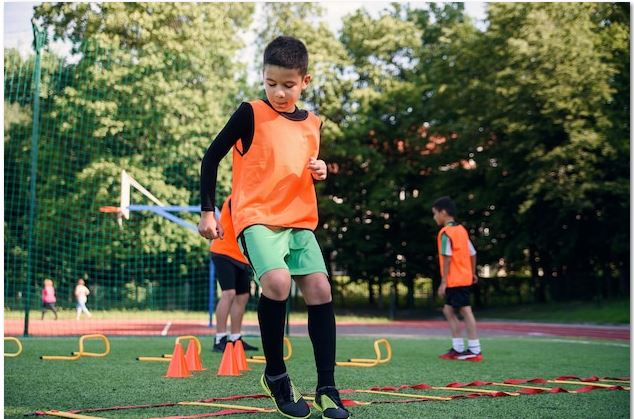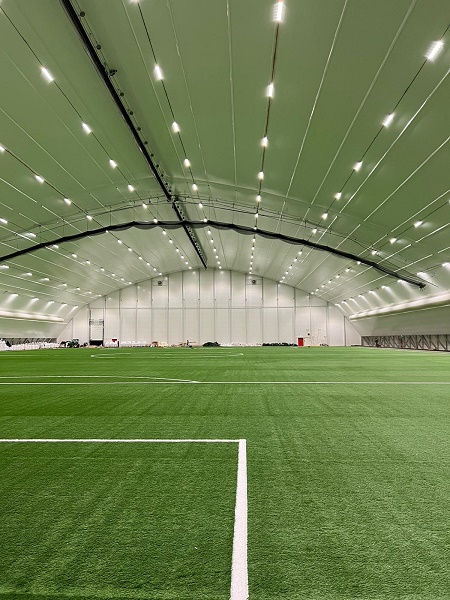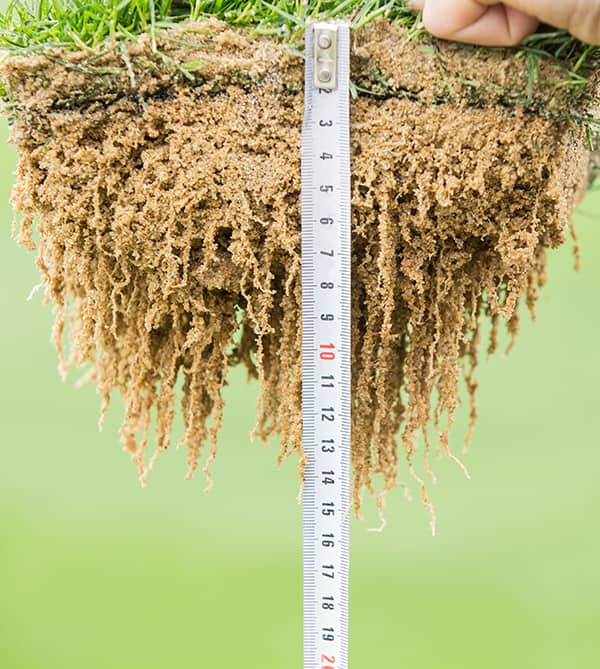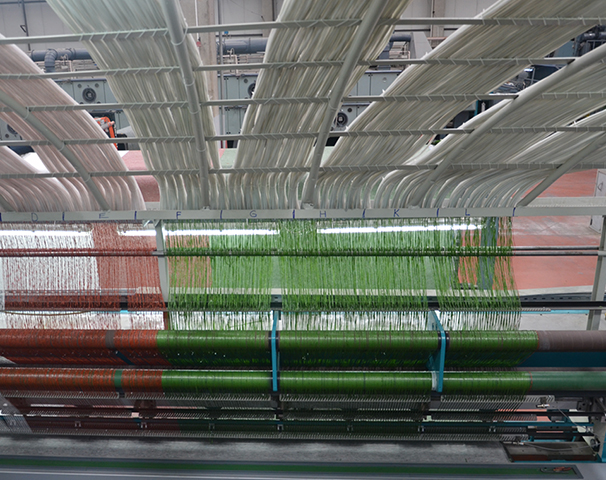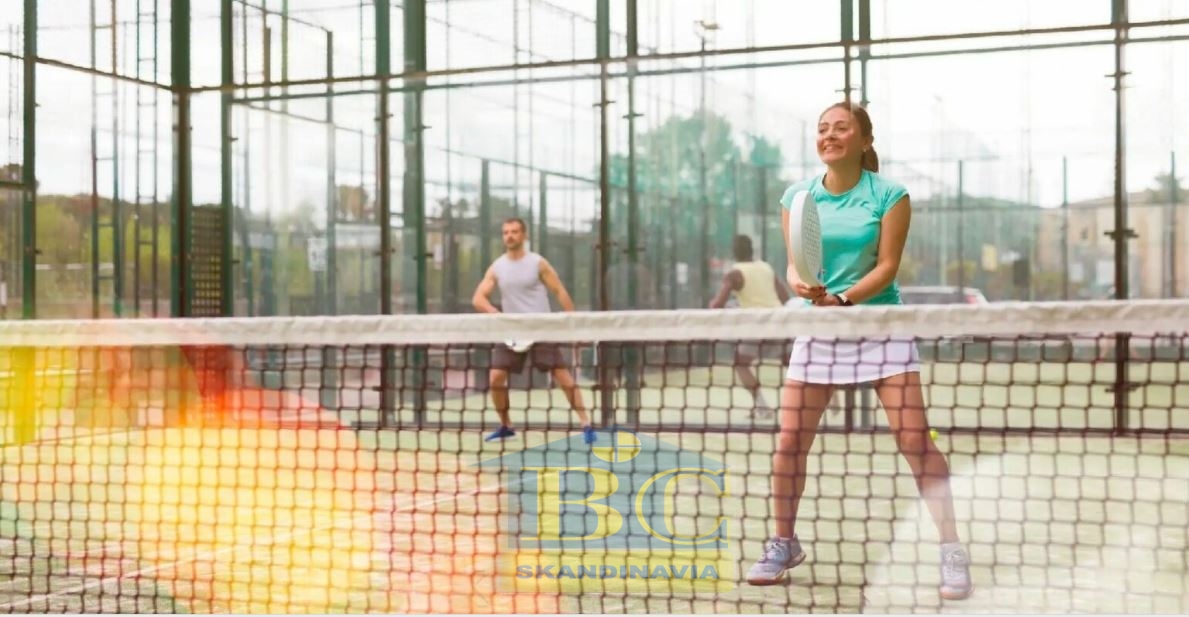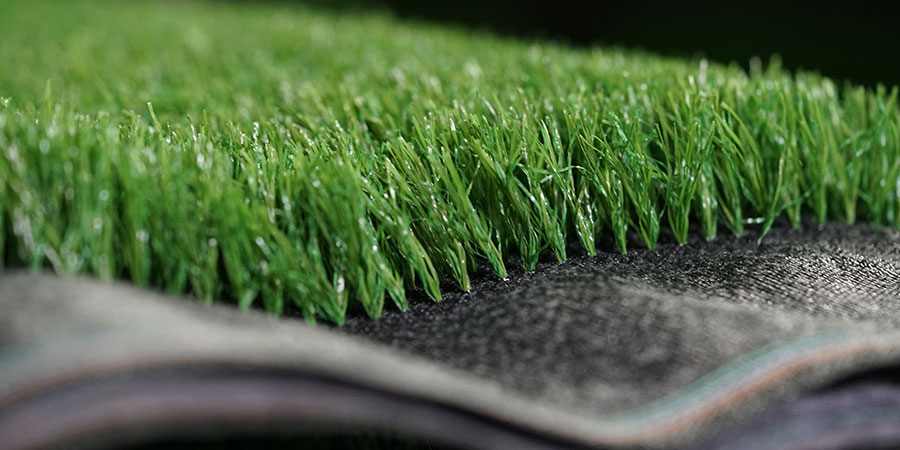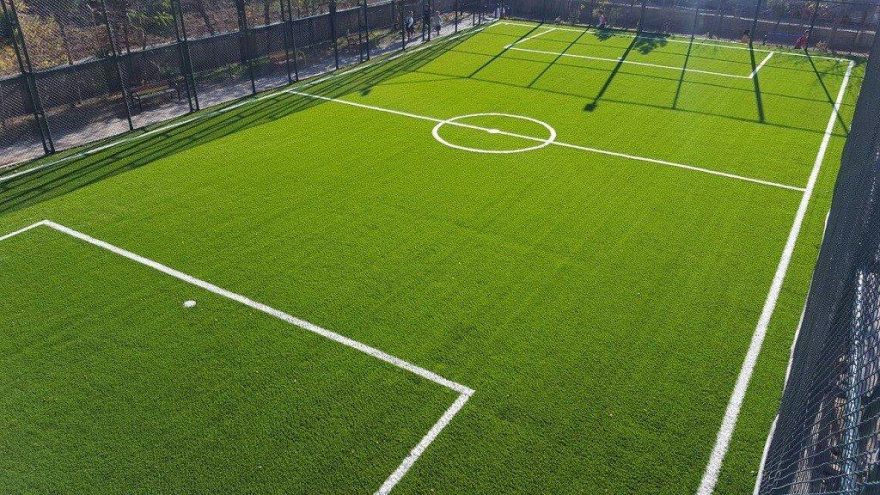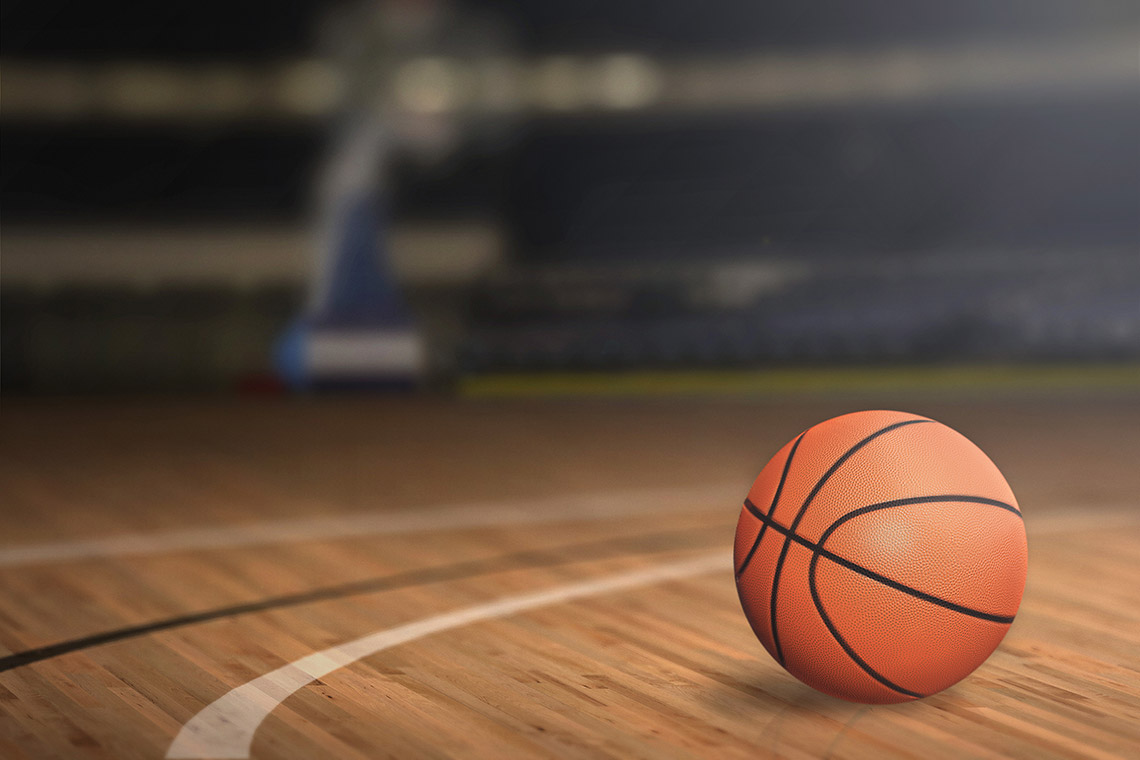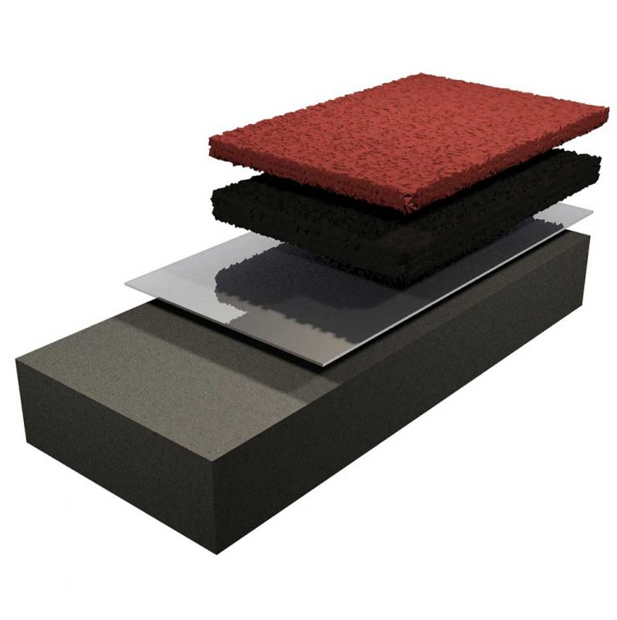You can find what you want to learn about the history of artificial turf in our article about the historical development and use of synthetic turf carpets.
First of all, what is Synthetic Grass Carpet? Why was it produced?
Synthetic grass carpet is produced based on the usage limits of natural grass, especially due to climatic conditions.
Its first use in football fields started in the 1960s, but the artificial turf of that period was not enough to play football.
Synthetic grass carpet is an alternative to natural grass, and in many aspects, when the two products are compared, they are equivalent. Even synthetic grass carpet, UV from the sun, falling rain, etc. With its resistance to many properties, we can even say that it is superior to natural grass for football.
Synthetic Grass Carpet History and Development in Europe
When we look at the FIFA conditions, we are really a little behind in this regard. Although FIFA started to make the first trials in England in 1960 (of course, these trials were useless, the artificial turf of the period was of poor quality)
I and II. Generation Artificial Grass Fields
The first artificial turf fields, which started to be produced in the 1950s and started on the fields in the 1960s, increased the injuries, forced the athletes from the ground because they were less slippery compared to the natural grass, and the football players training in the first generation were exposed to serious muscle and ligament injuries.
The second generation grass, which started to be produced in 1980, entered production with great expectation, but it did not pass the approval of FIFA and UEFA due to the use of a solution for the first generation's skin injury and ground hardness problem.
III. Generation Synthetic Grass Carpets (3G Artificial Grass Floors)
Towards the end of the 1990s, the fields consisting of synthetic turf carpets, which are generally used by teams under the age of 17, according to the observations, only I. and II. generation, less risk of injury, resistance and resistance to UV rays of the Sun, even surpassed natural grass and succeeded to take its place as the favorite of the fields.
2003 Controls, on the other hand, was the III. Generation Artificial Grass Fields, also known as Synthetic Grass Carpets, had less risk of injury than natural turf compared to the structures built.
Especially Dr.Ekstrand


